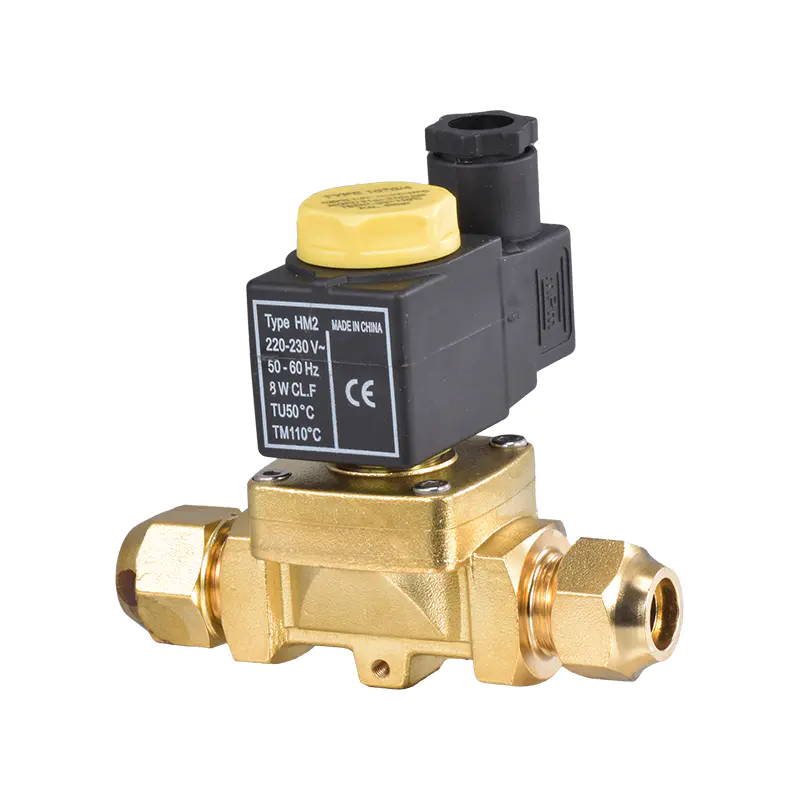In any air conditioning or refrigeration system—especially those used in freezers—precision control of refrigerant flow is essential. One component that plays a pivotal role in this control process is the Air Conditioning Freezer Solenoid Valve. Despite its relatively compact size, this electromechanical device is responsible for managing the flow of refrigerant in line with system demand, contributing directly to efficiency, reliability, and performance.
The Function of the Air Conditioning Freezer Solenoid Valve
The Air Conditioning Freezer Solenoid Valve operates as an automatic switch that controls the flow of refrigerant within a system. When the electrical coil is energized, the valve opens, allowing refrigerant to pass through. Once the desired cooling level is achieved or when the system is in standby mode, the valve de-energizes and closes, preventing further flow. This simple mechanism helps regulate temperature in a highly efficient and precise manner.
In freezer applications, where maintaining low and stable temperatures is non-negotiable, solenoid valves become even more critical. They prevent refrigerant migration when the compressor is off and contribute to proper defrost cycles—ensuring the freezer maintains peak performance.
Enhancing Energy Efficiency
One of the major benefits of the Air Conditioning Freezer Solenoid Valve is its role in conserving energy. By ensuring refrigerant only flows when needed, the valve reduces the compressor's workload. This on-demand operation leads to less frequent compressor cycling, which not only saves electricity but also prolongs the life of the compressor and other system components.
When used in conjunction with smart temperature controllers, solenoid valves contribute to precision cooling, reducing both overcooling and energy waste. In a commercial setting, such as a supermarket or cold storage facility, this translates into significant energy savings over time.
Applications in Cold Chain and HVAC Systems
The Air Conditioning Freezer Solenoid Valve is widely used in commercial, industrial, and residential environments. In large-scale cold storage and transportation systems—often part of the cold chain logistics industry—solenoid valves help regulate temperature across multiple zones or evaporators.
In HVAC systems that serve both refrigeration and air conditioning needs, solenoid valves ensure smooth switching between modes and maintain optimal pressures. In these contexts, reliability and fast response time are key features that define valve performance.
Key Considerations for Selection and Maintenance
Choosing the right Air Conditioning Freezer Solenoid Valve involves several factors, including compatibility with the refrigerant type (R134a, R404A, etc.), voltage specifications, pressure ratings, and connection size. The material construction—often brass or stainless steel—also impacts durability and performance under varying environmental conditions.
Regular maintenance is necessary to ensure that solenoid valves remain in good working condition. This includes checking the coil for signs of wear or overheating, cleaning the valve body to avoid clogs, and verifying that the valve opens and closes properly.
The Air Conditioning Freezer Solenoid Valve is a cornerstone of modern refrigeration and HVAC systems. Its ability to precisely control refrigerant flow not only improves system efficiency but also extends equipment life and ensures consistent temperature control. Whether you're managing a commercial freezer, a cold storage warehouse, or a high-performance air conditioning unit, investing in a high-quality solenoid valve is essential for reliable and cost-effective operation.

